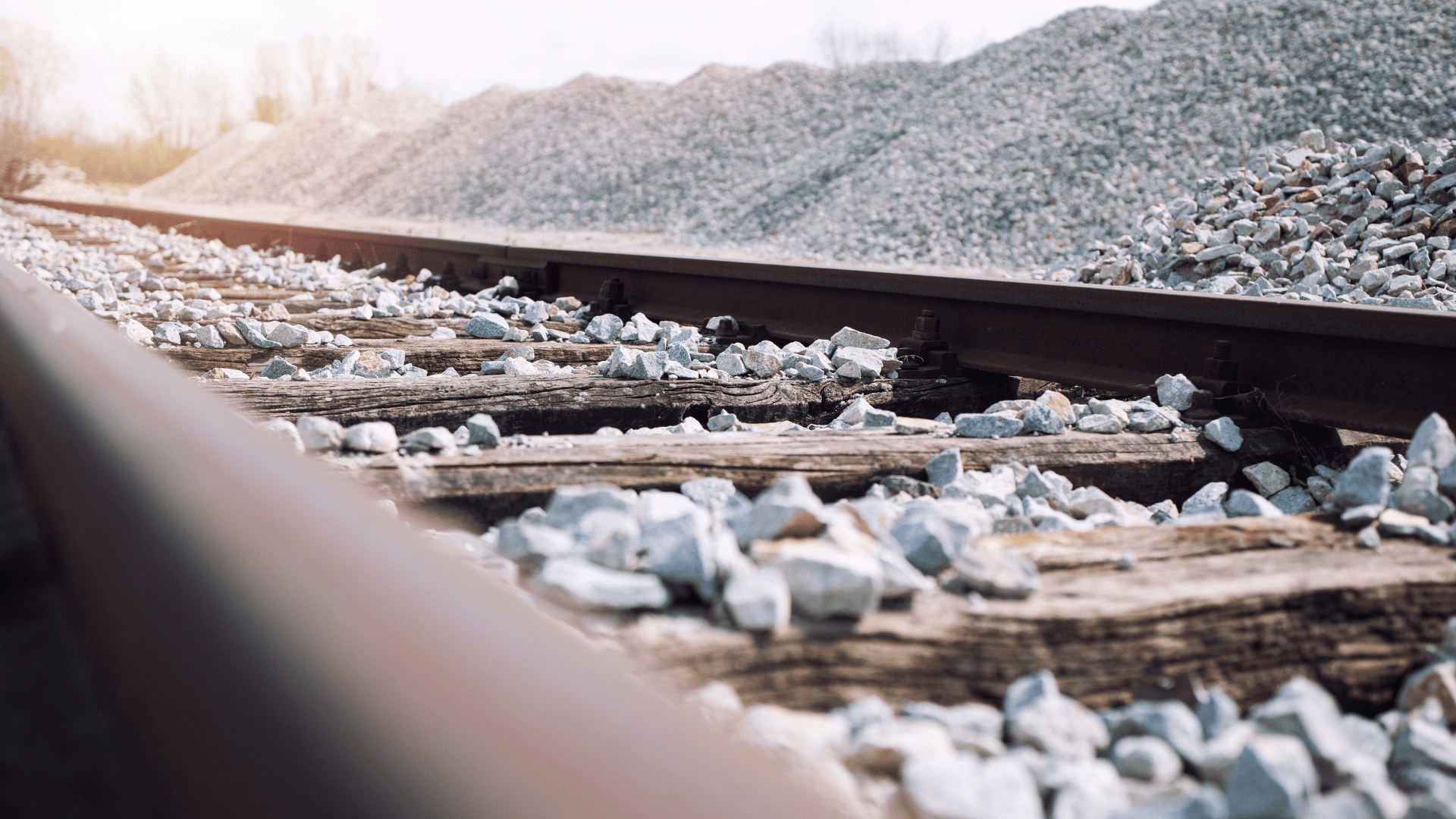
Did you know that railroads are almost as old as the USA? Railroads first came to prominence in the 1820s.
A railroad is a highly efficient means of transporting goods overland routes. A single locomotive can tug hundreds of thousands of pounds more than other freight options like semi-trucks, and for cheaper. Part of the brilliant engineering surrounding a railroad is in its tracks, specifically the track ballasts.
Track ballasts were originally leftover ballast from ships. Then engineers recognized the benefit they provided to the track bed.
Keep reading for a brief guide on what railroad ballast is, what it does, and why it’s so important.
How Does a Railroad Work?
A railroad includes a handful of components:
- The rails: the steel lengths that the train rides on
- The railroad ties/railroad sleepers: rectangular blocks of wood or concrete to support the rails
- The track bed: the place where the track lies
- The track ballasts: the rocks that make up the track bed
While the rails contact the train’s wheels, the ties and track bed redistribute the hundreds of tons of weight. They keep any one of these components from moving out of place.
A train needs the assurance that the track will retain its shape when passing over. It also needs the assurance that it will be in the same position when it comes back. While regular maintenance is necessary, especially after extreme weather, this engineering ensures tracks produce minimal movement for years.
What Is the Function of a Ballast?
Ballast is originally a nautical term. It refers to the extra weight that a ship can add or remove to remain stable while out on the water. Without the proper weight–and weight distribution–it’s incredibly hard to keep a ship upright and navigate properly.
In a similar way, track ballasts keep the train’s track bed structure stable. While the rails and sleepers are vital, neither would function without the ballast’s load distribution. Otherwise, the railway sleepers or railroad ties would come loose, causing the track to become unusable.
Benefits of Using Stone Ballasts
There’s a reason that the ballast under tracks is always small stones. These stones have good friction and don’t shift much. If they were dirt or pebbles, they would move a lot under all the weight.
Further, loose stones prevent weed growth on or near the tracks. Enough vegetation on the tracks could risk derailing the train.
Water cannot pool easily among these stones, too. Instead, it drains out to the edges. Moisture also struggles to erode the supporting soil as long as there is a sufficiently deep track bed.
Visit Custom Truck for Purchases and Rentals
Our railroad, though less prominent these days, is the bedrock of American freight. Its tracks use ingenious track ballasts to sustain the rails and keep them in position for repeated rail journeys. Without a ballast’s load distribution, the entire track bed would fall to pieces after a train went over.
Be Ready for Ballast Maintenance Season
Now’s the time when ballast maintenance is well underway and Custom Truck understands the importance of heavy-duty machines that can handle the biggest loads. Contact us today for our inventory of hi-rail units, including rotary dump bodies, grapple units, and more.



